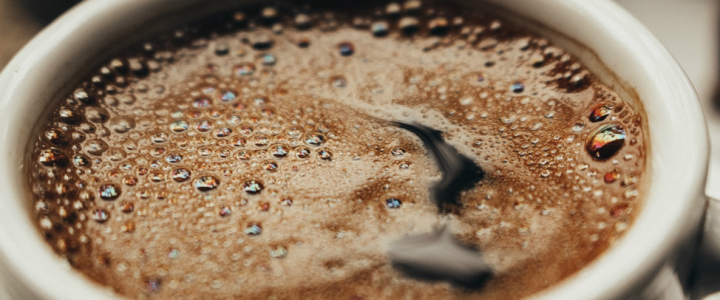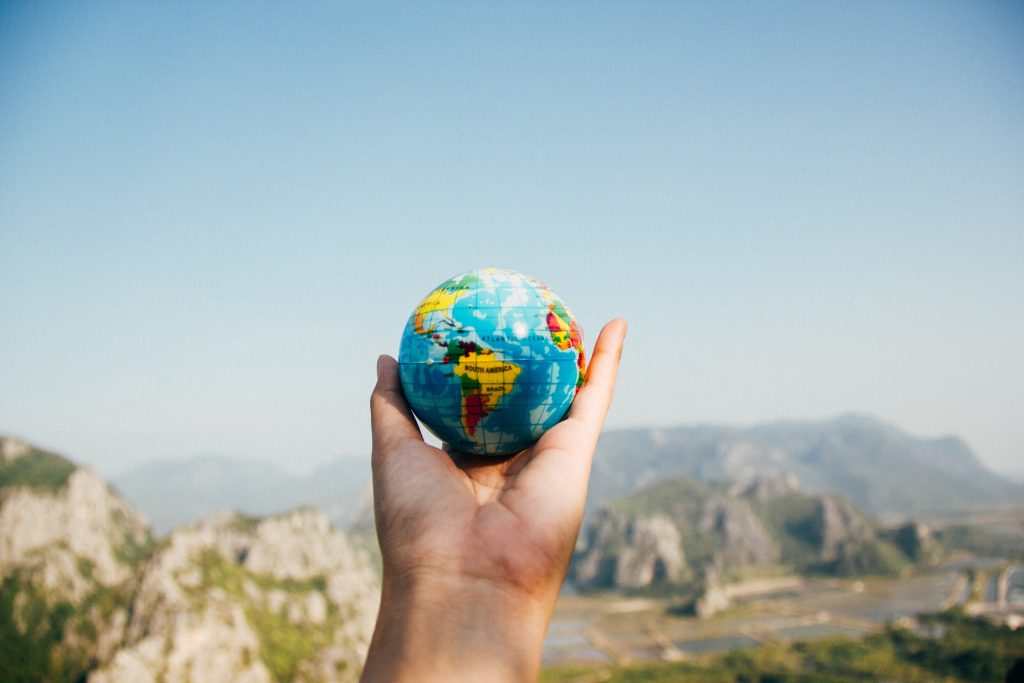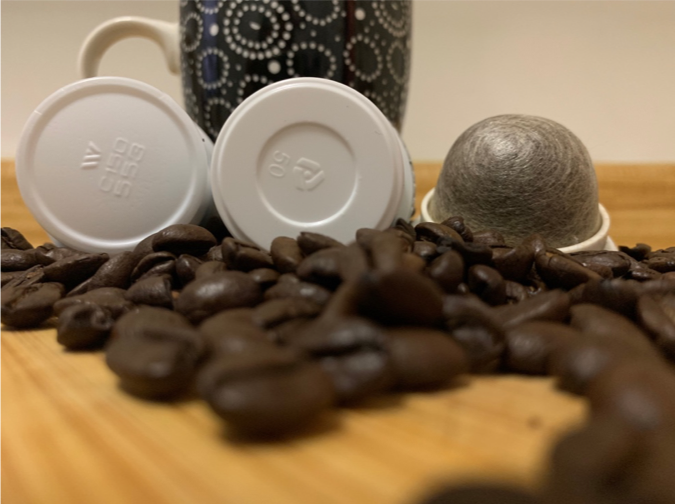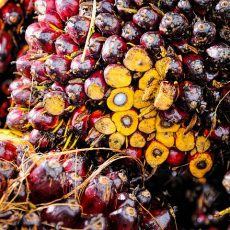
In the 1730s, Johann Sebastian Bach wrote, “Without my morning coffee I’m just like a dried-up piece of roast goat.” Almost 300 years later, the world of the 21st century seems to feel the same, with an estimated 400 billion cups of coffee consumed globally each year. That’s over one billion cups per day!
There are many methods for brewing this most popular of beverages: decoction (boiling), infusion (steeping), gravitational feed (percolating or drip), or pressurized percolation (espresso machine); and many different devices created to make it happen from the French Press to the Vacuum Pot to the Aeropress to the Moka Pot to the ubiquitous Mr. Coffee drip coffee maker.
And then some.
Whether you like your coffee in cappuccino, espresso, latte, americano, flat white, long black, macchiato, mochaccino, or pumpkin-spiced form; brewed in a pot or by an espresso machine that costs as much as a car, there’s one thing most of us can agree on, especially in the morning, we want it and we want it fast.
Enter the K-Cup. Invented by John Sylvan in the 1990s, K-Cups are single-use plastic pods full of coffee grounds that, when used with a Keurig brewing machine, make a cup of joe almost instantly. Clean-up is almost instantaneous, too. Lift the lid of your Keurig, pop out the pod, and toss.
Just like that, a new era of coffee consumption began. And just like that, a new form of non-recyclable plastic was introduced into the eco-system – in 2014, Keurig Green Mountain reported they sold 9.8 billion Keurig-brewed portion packs. To put this in perspective, it was estimated that there were enough K-Cup pods in landfills to circle the Earth more than 12 times.

Move Towards Recyclability
In 2014, Keurig Green Mountain pledged to make all of its single-serving cups recyclable by 2020. But at the time of that pledge, the majority of recyclable K-Cups were made up of a #7 composite plastic, a mix that was recyclable in only a handful of cities in Canada. For the pods that were recyclable, the foil lid must be separated from the cup, the filter removed, and the cup must be rinsed to remove the wet grounds. Not a particular appealing proposition for folks looking to get their caffeine fix fast.
Then, even if the cups were recycled by a consumer, the recycling facilities that do recycle #7 plastic struggled with the small pods falling through the sorting grates. In fact, a federal judge in California ruled in June 2019 that Keurig Green Mountain must face a proposed class action accusing it of falsely labeling its coffee pods as recyclable despite being too small for handling by municipal recycling facilities. Since there are so few facilities actually able to recycle K-Cups, the judge ruled that Keurig’s “check locally” disclaimer does not a recyclable item make.
On the flip side, Keurig Green Mountain argues that it offers a more efficient extraction process than other methods of making coffee.
Why is this important?

Coffee is both a resource-intensive and a labor-intensive crop to grow. Coffee beans only flourish in tropical regions. Because they grow in small clusters and foliage is quite dense, mechanical harvesting is rarely an option, so the beans must be picked by hand. Additionally, according to a UNESCO-IHE (Institute for Water Education) study published in 2003, it takes a whopping 37 gallons of water to ultimately produce one cup of coffee. With recent droughts in Brazil (as well as fires) and Colombia, resources are particularly important, especially water.
So, every bit of coffee grounds that is wasted or not utilized to its full potential, represents a huge waste of water. More efficient extraction processes allow for maximization of the coffee bean’s potential, while minimizing (as much as possible) its water footprint.
Wake Up, Smell the Coffee, and Feel Good About It
In 2018, Keurig Green Mountain merged with beverage giant Dr. Pepper Snapple to become Keurig Dr. Pepper. According to a recent report:
The company is on track to make all K-Cup pods sold in the U.S. recyclable by the end of 2020, having converted all K-Cup pods sold in Canada to a recyclable format in 2018. The new pods are made of polypropylene #5 plastic, a material that is widely accepted curbside for recycling, and the Company has conducted extensive testing with municipal recycling facilities to prove they can be effectively recycled.
Keurig Dr. Pepper has also pledged to source 100% of its coffee and brewers from “recognized sustainable sourcing programs” by 2020, to send zero waste to landfills by 2025, and to obtain 100% of its energy from renewable sources by that same year.
Don’t Want to Wait? Good!
Ditch the K-Cup! Switch to a reusable filter and stock up on your favorite sustainably sourced beans. Insider’s tip: this will help you save money, too!

Aren’t ready for the switch? That’s ok. There are still more sustainable options:
- Make sure you’re purchasing recyclable K-Cups or pods, and that their materials are recyclable in your area. Just because it fits in a Keurig, does not make it a K-Cup. There are other brands of single use coffee pod that have NOT pledged any sustainable practices.
After use, separate lid, filter, grounds, and cup. You can compost the grounds and filter. Clean and recycle lid and cup accordingly.

- Upcycle! Here’s a link to some fun ways to reuse K-Cups. swrm fave is the herb-growing cup idea – must be something about the growing that gets us!
- Purchase compostable coffee pods. But be sure there are composting facilities near you. Despite being “compostable” these pods cannot be thrown out with the trash or added to at-home composting piles. The not-so-fine print reads, “compostable in industrial facilities.”
- Switch to a K-Cup-free single-serve coffee system. There is, indeed, such a thing! And 5 green stars for the reusable pour-over systems that don’t require a filter!
We live in a world where we can have our coffee any way we want it, so why not have it sustainable?



